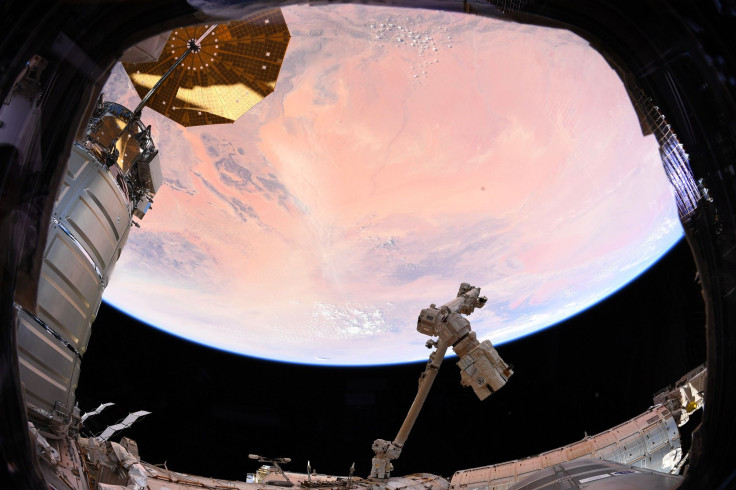Astronauts To Study Distinct Earth Features For Better Exploring Distant Worlds

The future of space exploration, be it a mission to the Moon, Mars, or some other planet, relies on the ability of those who are going to attempt those flights and scour depths of the cosmos — millions of miles away from Earth.
These astronauts and flight engineers would land on a previously unexplored, unmapped territory of a distant world, much like the Apollo missions. Such cases, as one could guess, are likely to be full of challenges, but if the astronauts have a clear understanding of planetary geology, chances are they’ll make the most of the situation at hand.
This is exactly why the European Space Agency, aka the ESA, is planning a campaign called Pangaea. The project, named after the ancient supercontinent, aims to train European and Russian astronauts and spaceflight engineers and make them capable enough to explore and study geological conditions prevailing in alien environments.
“We want to equip future explorers with the best geological skills. But, even more importantly, we want to help them take informed decisions, simplify their work and qualify them to provide valuable data and samples to the scientists,” Loredana Bessone, Pangaea project leader, explained in a statement. “We are developing and testing new tools to support spacewalk operations during geological sorties."
As part of the campaign, the astronauts would take classroom lessons from leading geologists and go on field trips to understand the geology and mineralogy of worlds like Mars and Moon. However, that doesn’t mean they would be flying to space. The participants, as the space agency described, will stay on Earth and explore sites hosting features similar to those seen on the surface of the red planet and the Moon.
In the first week of the campaign, the team will study the Ries crater in Germany to learn about the impact craters formed on the surface of Moon, and follow it up with the examination of Dolomites in Italy and alien landscapes of Lanzarote, Spain.
The Dolomite layers carry veins similar to those seen on the surface of Mars or features that are indicative of sedimentary processes, while the landscapes of Lanzarote will provide insight into the interaction between water and volcanic activity — two critical factors for determining the case of life on any world.
While studying these sites, the astronauts and flight engineers will collect and document intriguing rock samples and try to determine what places are most likely to host signs of ancient life, particularly in the case of Mars. They will also learn to interpret satellite images and work with robotic tools to gain more insight into the building blocks of our solar system.
“We will implement live feedback and real-time data sharing between astronauts and scientists allowing for a fast decision-making process,” Francesco Sauro, the director of the project, said in the same statement. “The geologic traverses will be also similar to future lunar missions.”
© Copyright IBTimes 2025. All rights reserved.





















